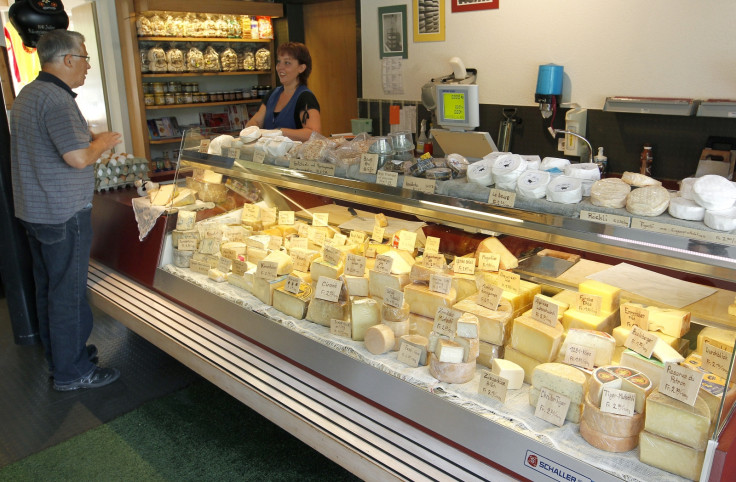Quelle domage fromage: Mystery of holes in Swiss cheese solved (and no it's not mice)

It's a mystery that has puzzled scientists for years: Why does Swiss cheese have holes in it?
No, it's not because of mice. According to a new study, microscopically small particle of hay are to blame, as they fall into buckets traditionally used to collect milk and create holes as as it matures into cheese.
Researchers from Switzerland's government-funded Agroscope institute believe this also explains why holes in cheeses like Emmental or Appenzeller have been steadily growing smaller.
Milk production has become cleanser, as the traditional milk bucket is increasingly replaced with fully automated, industrial milking systems.
Scientists reached the conclusion after adding different amounts of hay dust to milk and making it into cheese over 130 days.
The research has not yet been peer reviewed. If the findings are correct, they solve a problem scientists have been pondering since 1917, when chemist William Clark suggested that carbon dioxide released by bacteria was to blame.
Historically, large holes (also known as "eyes") in cheese were seen as a sign of imperfection, and cheese makers would try to avoid them.
Last year a French cheese-making school revealed it had turned down a request from North Korea to train its cheese makers in the art of producing Emmental - ruler Kim Jong-un's favourite fromage.
© Copyright IBTimes 2025. All rights reserved.





















